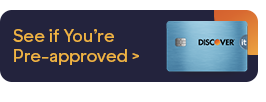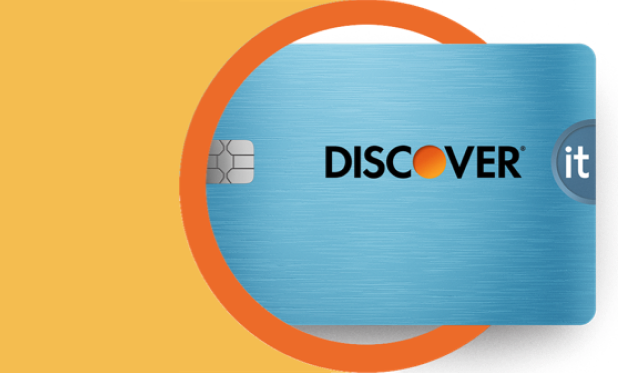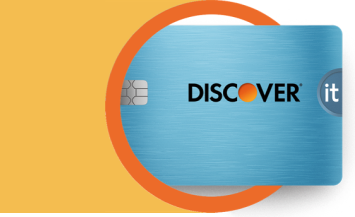While retailers and service providers widely accept credit cards, you may still find yourself in need of a large amount of cash for merchants who don’t. A cash advance lets you use your credit card to withdraw cash at a bank, ATM, credit union, or sometimes by using checks.
A cash advance lets you borrow cash against your credit line instead of using your credit card to make a purchase.







